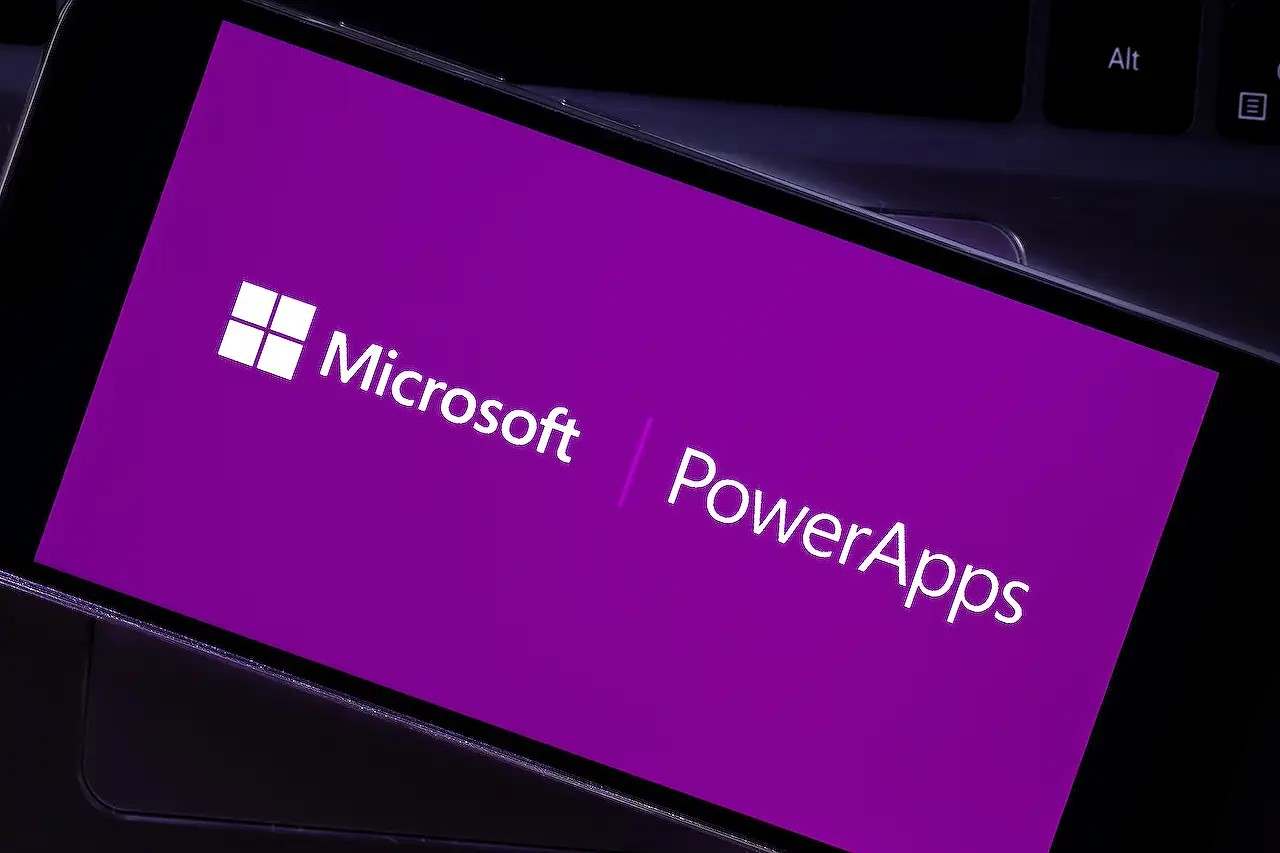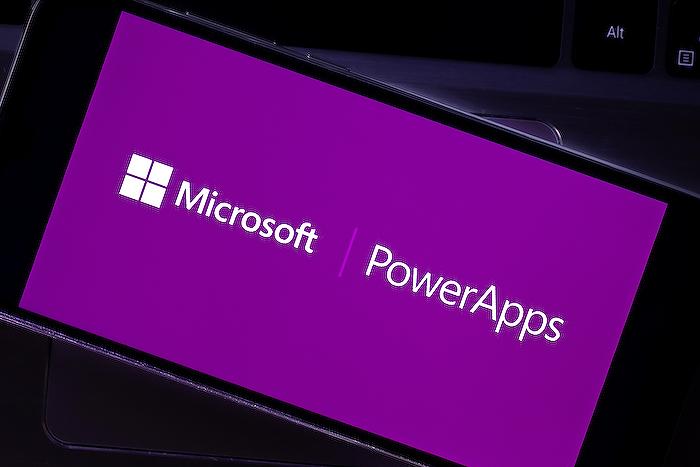- All of Microsoft

Guide to Model-Driven Power Apps Form Tweaks & Timeline
Discover the recent, impressive features of the modern Timeline form component in model-driven Power Apps that enhance user experience.
Summary of Key Model-Driven Power Apps Form Tweaks
The blog post by author Jukka Niiranen [MVP], delves into exciting new capabilities available in the model-driven Power Apps and Dynamics 365 CE apps that enhance user experience (UX). Learn more.
One of the significant improvements is the vastly increased configuration options for the Timeline control. It allows users to show activities and notes related to accounts and contacts in a record, and related configuration advice is obtainable from an MS Learn article.
The blog post also highlights a unique feature that the 2022 Release Wave 2 brings to model-controlled apps like Power Apps: a notes feature that operates like other activities, enhancing productivity in customer service applications.
Significance and Implementation of Timeline Form Component
Previously, the rollup functionality resided exclusively with activity data, leaving a functional gap when a note had to be transferred after the qualification of a lead. However, this challenge is now a thing of the past, as notes can smoothly transition to opportunities from leads.
Another enhancement is the "Notes rollup type" setting, which allows "Extended" notes from originating leads, or contacts or opportunities from any account.
All notes from these child records appear as though they were traditional notes on the account record, enhancing the UX. However, note that notes rollup is not applicable to all system or custom tables, only to predefined record types in basic CRM style scenarios.
Alternative Display Mechanisms
2022 Release Wave 2 offers further improvements, including support for multiple Timelines on a single form, allowing more tailored display settings. One can configure a separate tab dedicated only to notes data, not including activities or posts.
Interestingly, while it is still impossible to rename the Timeline, a workaround now available involves hiding the Timeline label and displaying your custom text.
Timeline Forms, Actions, and Configurability
Another area relating to form-component interactions that has seen rapid explosion is the Timeline. Configuration options allow an easier user experience, especially when interacting with records displayed on the Timeline or created from it.
Through simple modifications to the settings, the choice of actions, and the way tasks are presented, the UX can be improved.
While configuration options continue to grow for the modern Timeline control, tracking settings across multiple tables and forms remains a challenge. Despite these challenges, the improvements in configuration settings offer a boost in the usability and overall UX of model-driven apps.
Conclusion
Microsoft's model-driven Power Apps form tweaks are enabling improved UX, offering flexibility in configurations, new capabilities, easy handling of activities, and records. Whilst increased configurability may pose a challenge, the benefits it brings to the UX are certainly worthwhile.
Read the full article A few notes on the Timeline: model-driven Power Apps form tweaks

Learn about A few notes on the Timeline: model-driven Power Apps form tweaks
The following blog post aims to provide detailed insights about the Timeline model-driven Power Apps. In understanding the feature, the blog post covers the default form components arrangement, the evolution of configuration options, and the latest features that enhance user experience. Also, it discusses the new 'Notes roll-up' feature that significantly improves how notes display on an app's timeline.
The post elucidates how notes related to child records such as Tasks, Phone Calls, and Emails can be viewed on the account Timeline. Another beneficial feature is the ability to add a dedicated "Notes" tab and configure it differently from the main Timeline. Also, albeit limited flexibility for customization, the post emphasizes the utility of the Timeline label for effective user interaction.
The blog post further delves into the forms used for interacting with records shown on the Timeline, showcasing an example of task optimization for the opportunity form Timeline. Furthermore, it highlights the modal window feature for easier navigation and continuity of user experience. A reminder is made about an earlier blog post that discusses how to leverage Main form dialogue to simplify work with relational data.
The blog post concludes by highlighting the potential challenges due to increased configurability options of modern Timeline control. Despite the ease of task performance, the challenge lies in managing different settings for all tables and forms where the Timeline control is used. An important subject discussed is the laborious task of modifying the card forms used for displaying activity and note data on the Timeline. The blog post highlights the high degree of intricacies associated with optimal configurations for different users and organizations, implying that achieving a consistent user experience requires rigorous work.
- Several training resources offer insights on Power Apps and how to utilize their features effectively.
- Microsoft Learn, for instance, has a comprehensive course on creating and using model-driven apps. It provides step-by-step guidance on setting up, configuring, and managing these apps.
- Pluralsight, another educational platform, has a course focused on Power Apps that takes users through the process of app creation in Dynamics 365.
- For a more hands-on approach, Udemy offers courses that provide practical exercises for creating and using Power Apps.
These resources arm learners with the tools to build and configure their own applications, relate data in more meaningful ways, and solve complex business problems. New functionalities and features are consistently added to Power Apps, thus encouraging continuous learning. Going through these courses will leave the reader with no more ambiguity about the topic and enhance their understanding of Power Apps.
More links on about A few notes on the Timeline: model-driven Power Apps form tweaks
- A few notes on the Timeline: model-driven Power Apps ...
- Oct 26, 2022 — This blog post is my attempt to highlight the recent, most useful features that the modern Timeline form component enables for improving the ...
- A few notes on the Timeline: model-driven Power Apps ...
- A few notes on the Timeline: model-driven Power Apps form tweaks · In the default form components arrangement for tables in model-driven Power Apps or Dynamics ...
- Add and configure the timeline control in Power Apps
- Oct 5, 2023 — The timeline helps app users see all activity history. The timeline control is used to capture activities like notes, appointments, emails, ...
Keywords
Power Apps form tweaks, model-driven apps, timeline notes, Power Apps, model-driven modifications, app form changes, timeline improvements, power apps notes, model-driven form notes, Power Apps adjustments.